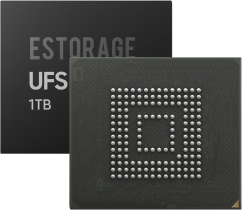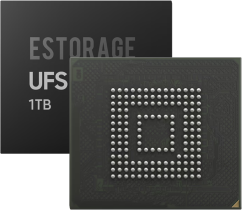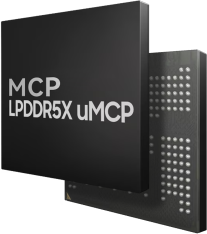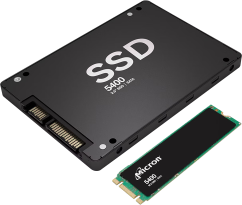2024.11.18
Qualcomm Unveils the "Micro-Power" QCC730M and Its First RISC-V Part, the QCC74xM IoT Module
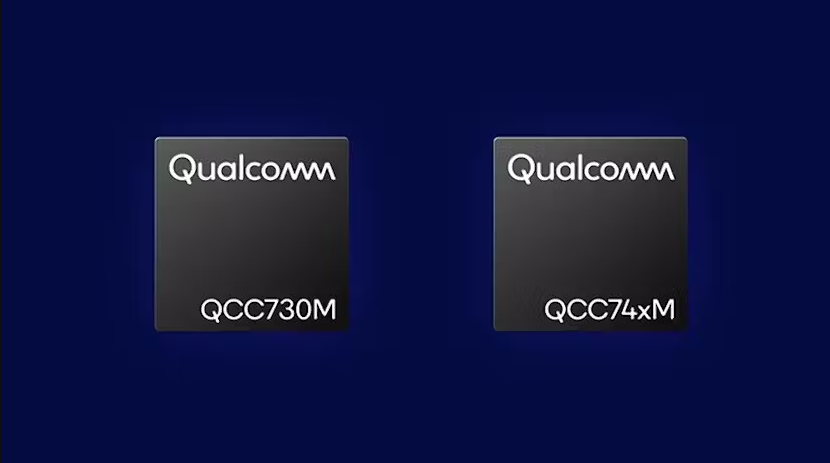
Qualcomm has announced the impending launch of two new connectivity modules for the Internet of Things, the QCC730M and QCC74xM — the latter the company's first such device to offer support for host-free independent operation using a core based on the free and open source RISC-V instruction set architecture.
"Qualcomm Technologies, Inc. have powered the smartphone revolution and connected billions of people. Now, we’re doing the same for the Internet of Things (IoT)," Boasts Qualcomm's Shishir Gupta. "Our steadfast dedication to the progression of IoT connectivity has culminated in the Qualcomm QCC730M and Qualcomm QCC74xM modules. These modules are perfectly suited for IoT applications in the smart home, smart appliances and more."
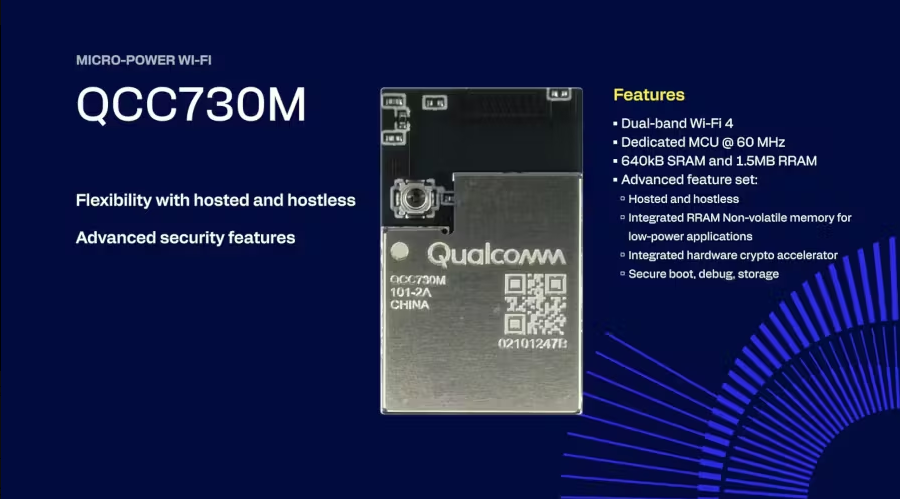
The QCC730M, which builds on the existing QCC730, is a dual-band Wi-Fi 4 connectivity module with an integrated Arm Cortex-M4F 60MHz microcontroller, 640kB of static RAM (SRAM), and 1.5MB of resistive RAM (RRAM). Designed for minimal power draw, the chip includes an integrated accelerator for cryptographic operations, Secure Boot support, integrated debugging capabilities, and storage handling.
The QCC74xM, though, is something of a departure for the company — something Gupta describes as "our first programmable connectivity module." Featuring a 32-bit processor core based around the free and open source RISC-V architecture running at up to 325MHz and 484kB of SRAM, the module includes Wi-Fi 6, Bluetooth 5.3, and IEEE 802.15.4 Thread and Zigbee support. Targeting the needs of high-performance workloads, including media handling, the module includes Ethernet and CAN bus interfaces, cryptographic acceleration.
The QCC74xM, Qualcomm explains, is designed to operate in "hostless mode" — taking care of both communications tasks and the application itself, using a software development kit (SDK) baed on the FreeRTOS real-time operating system — though for those who need more than even a 325MHz 32-bit processor can offer, it can be flipped into hosted mode and used with an external host processor.
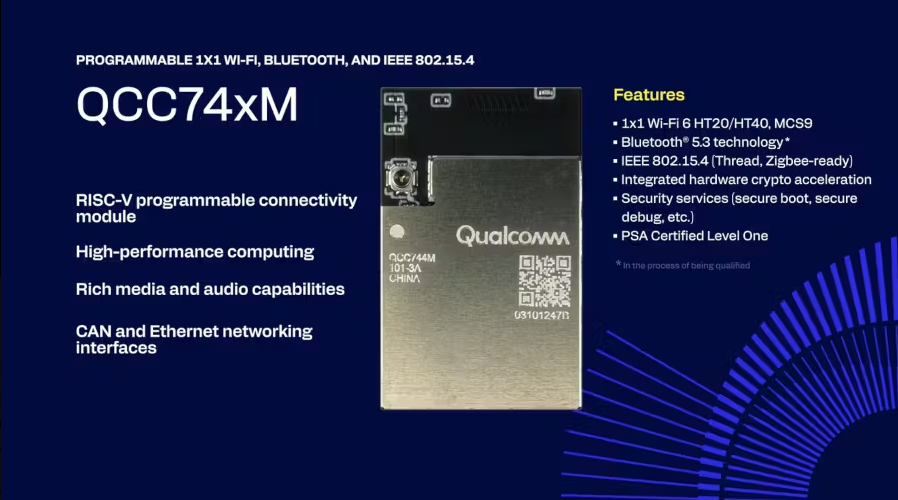
Qualcomm has confirmed two models of QCC74xM, the QCC743M with 19 general-purpose input/output (GPIO) pins and 4MB of qSPI NOR flash memory and the QCC744M with 27-35 GPIO pins, SDIO and UART buses, and 8MB of NOR flash. The QCC730M, meanwhile, will be available in a single model.
More information is available on the QCC730M and QCC74xM product pages, with Qualcomm offering samples of the chip now — but remaining silent on pricing until closer to mass production and general availability in the first half of 2025.
Other
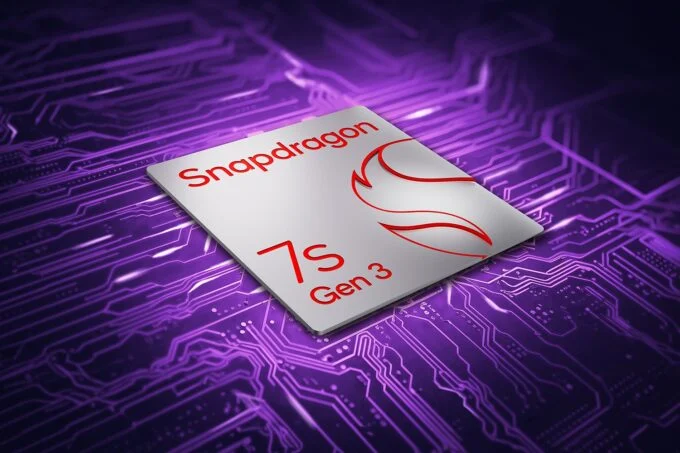
Qualcomm Announces Snapdragon 7s Gen 3 For Mid-Range Devices With AI Capabilities
2024.08.21

SK Hynix Preps Large-Scale DRAM Price Hike, DDR5 Up To 20% Expensive
2024.08.22

Qualcomm, Motorola, Rohde & Schwarz show 5G Broadcast innovation
2024.08.22
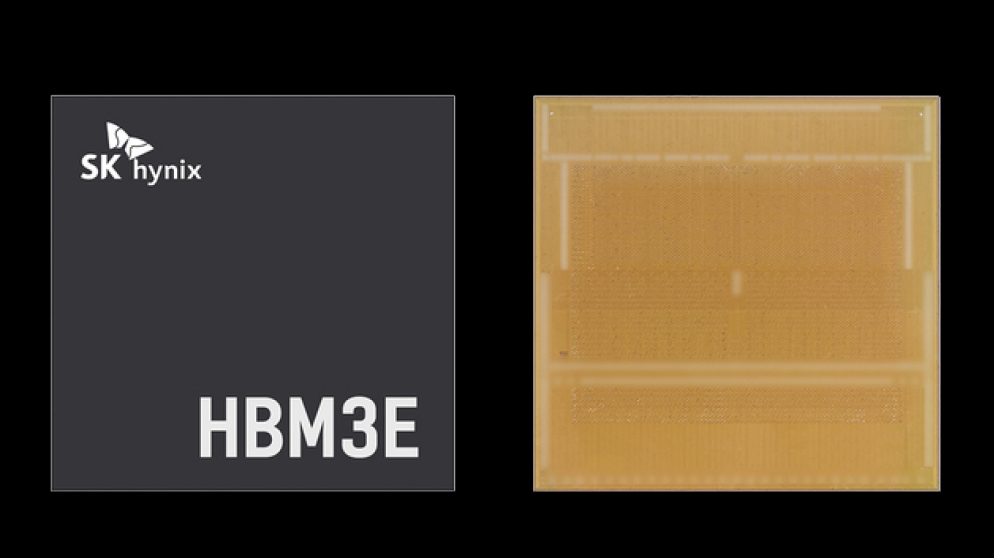
SK Hynix Is Developing Next-Gen HBM With 30x Performance Uplift
2024.08.23

OpenAI, Intel, and Qualcomm talk AI compute at legendary Hot Chips conference
2024.08.27

Samsung Completes NVIDIA's Quality Test for HBM3E Memory, Begins Shipments
2024.09.04

TSMC supplier says AI chip market growth to accelerate, dismisses Nvidia wipeout
2024.09.05
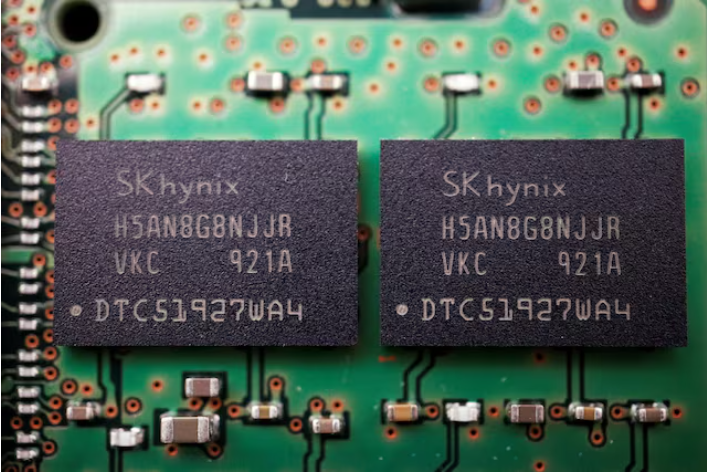
SK Hynix to start mass producing HBM3E 12-layer chips this month
2024.09.05

